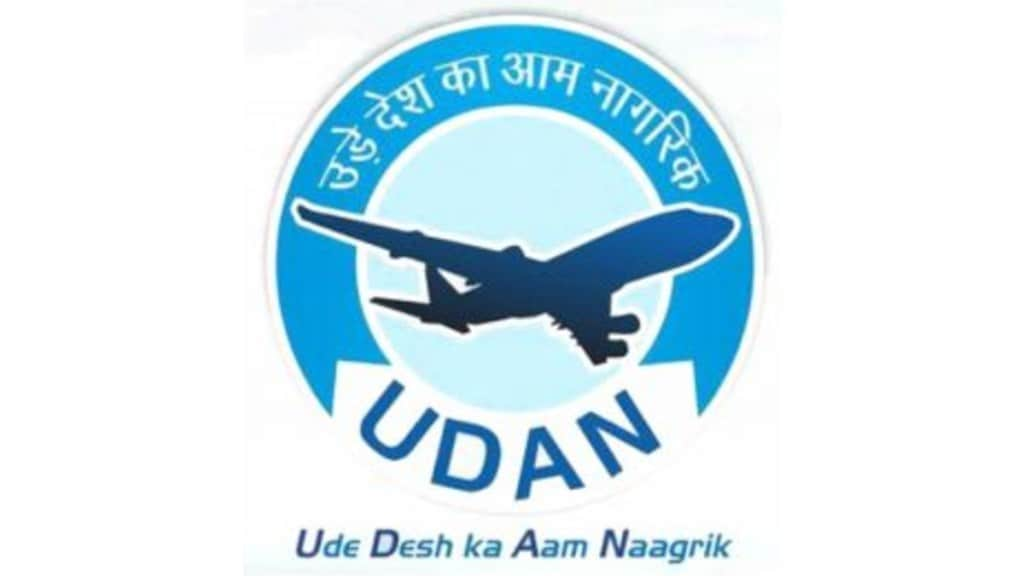The much-hyped journey from Hawai chappal to Hawai Jahaj (rubber slippers to aeroplanes) has hit a massive air pocket. As the government’s regional connectivity scheme – UDAN (Ude Desh Ka Aam Nagrik) – completes nine years (it was launched in 2016 though the first flight took off a year later), passenger count has slumped by more than half in FY25 from the peak seen just three years earlier.
A dream that’s losing altitude
Only 1.41 million passengers availed the benefit, a drop of 57% compared to the peak of 3.3 million clocked in FY22, and a 24% drop compared to FY24’s total of 1.87 million. FY25 marked three consecutive years of decline in passenger count for the scheme.
UDAN was conceived to promote regional air connectivity by making flying affordable for the common citizen, the central idea being encouraging airlines to operate flights on regional and remote routes through enabling policies and extending incentives.
But out of the 915 valid routes under the scheme, only 637 routes have been operationalised, connecting 92 unserved and underserved airports, including 15 heliports and 2 water aerodromes across the country. Nearly 80% of these 92 airports are unserved.
The untouched routes are yet to commence operations due to delays in the development of airports because of land unavailability, technical and operational constraints at certain airports, time taken in obtaining the relevant operators permit by new entrants and issues such as non-availability of suitable aircraft, aircraft leasing and maintenance issues.
A total of 222 routes under the scheme have been discontinued since 2020. Air India and Akasa Air do not fly on such routes and IndiGo and SpiceJet did not respond to queries at the time of going to press.
Operational hurdles and a way forward
Besides lukewarm response from airlines, there are various operational challenges, including low passenger demand on some routes, low visibility at certain airports, challenges related to the availability of slots, ATC watch hours, delays in the development of aerodromes, and a shortage of aircraft. Some routes became non-operational after the subsidy ended.
As per the Centre, both airlines and passengers highlighted concerns including challenges in last-mile connectivity from the city centre to the airport, occasional flight diversions or cancellations due to bad weather and discontinuation of routes after completion of VGF tenure.
A total of Rs 4,160 crore, including Rs 2,233 crore between FY23 to FY25 have been disbursed by the government under the viability gap funding (VGF) scheme to encourage airlines to continue with the connectivity.
The budget estimates of Rs 540 crore for 2025-26 under the UDAN scheme shows a decrease from the previous year’s revised estimates of Rs 800 crore. However, it still reflects an increase over the previous year’s budget estimates of Rs 502 crore.
The government recently announced the launch of a modified UDAN scheme to increase connectivity to 120 new destinations, to cater to 40 million passengers in the next 10 years. The scheme will also support helipads and smaller airports in hilly, aspirational and North East region districts.
The government is targeting 1,000 routes under the scheme and 10 million passengers per annum. It has, however, not defined a timeline for the same.


